Last Friday I had one of the cooler experiences of my life. I strapped on dusty combat boots (not mine), a hard hat, a super-sleek reflective vest and took three of my most risk-loving employees 1,700 feet above sea level. We were guests of the Port Authority, the Durst Organization and Cushman Wakefield, visiting the top floor construction site of the new One World Trade Center building.
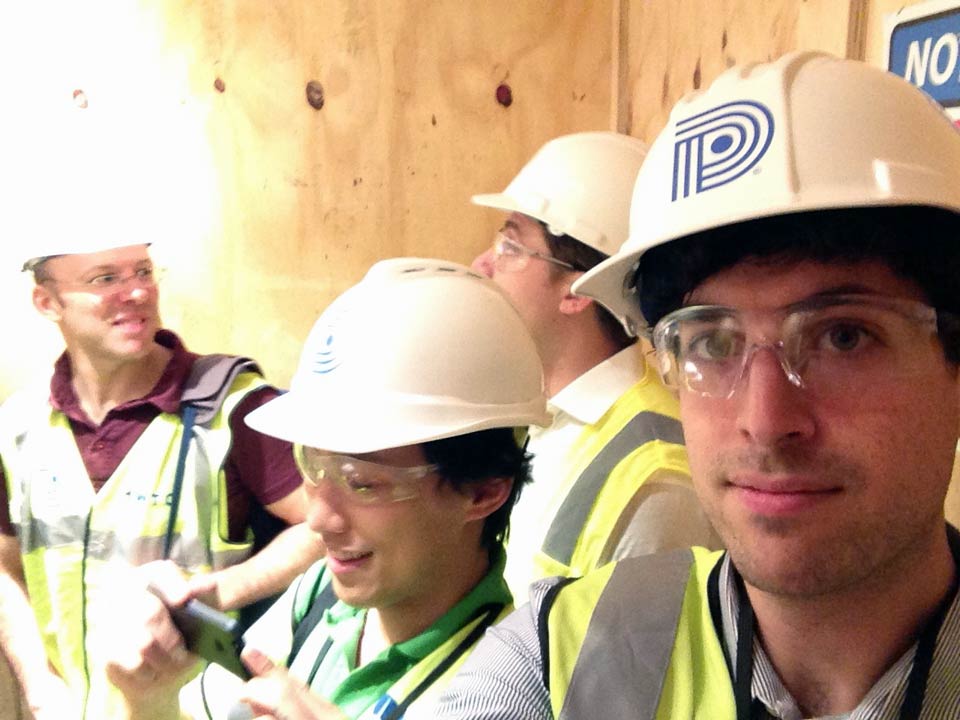
My heart pounded as we ascended in two separate elevators. Then it almost exploded out of my reflectively-clad chest when we hit the top floor and discovered that the walls were not yet in place! Wind whipping through my hair, knees shaking with an patrilineally-inherited fear of heights, I did my best to quickly assemble the Matterport camera. A few deep breaths later and we were scanning.
You only have to be inside the 1WTC building for a few seconds before you start to take in just how jaw-droppingly amazing the views are. But to capture them accurately, to reflect exactly what it feels like to be in the space, requires a little bit of software wizardry.
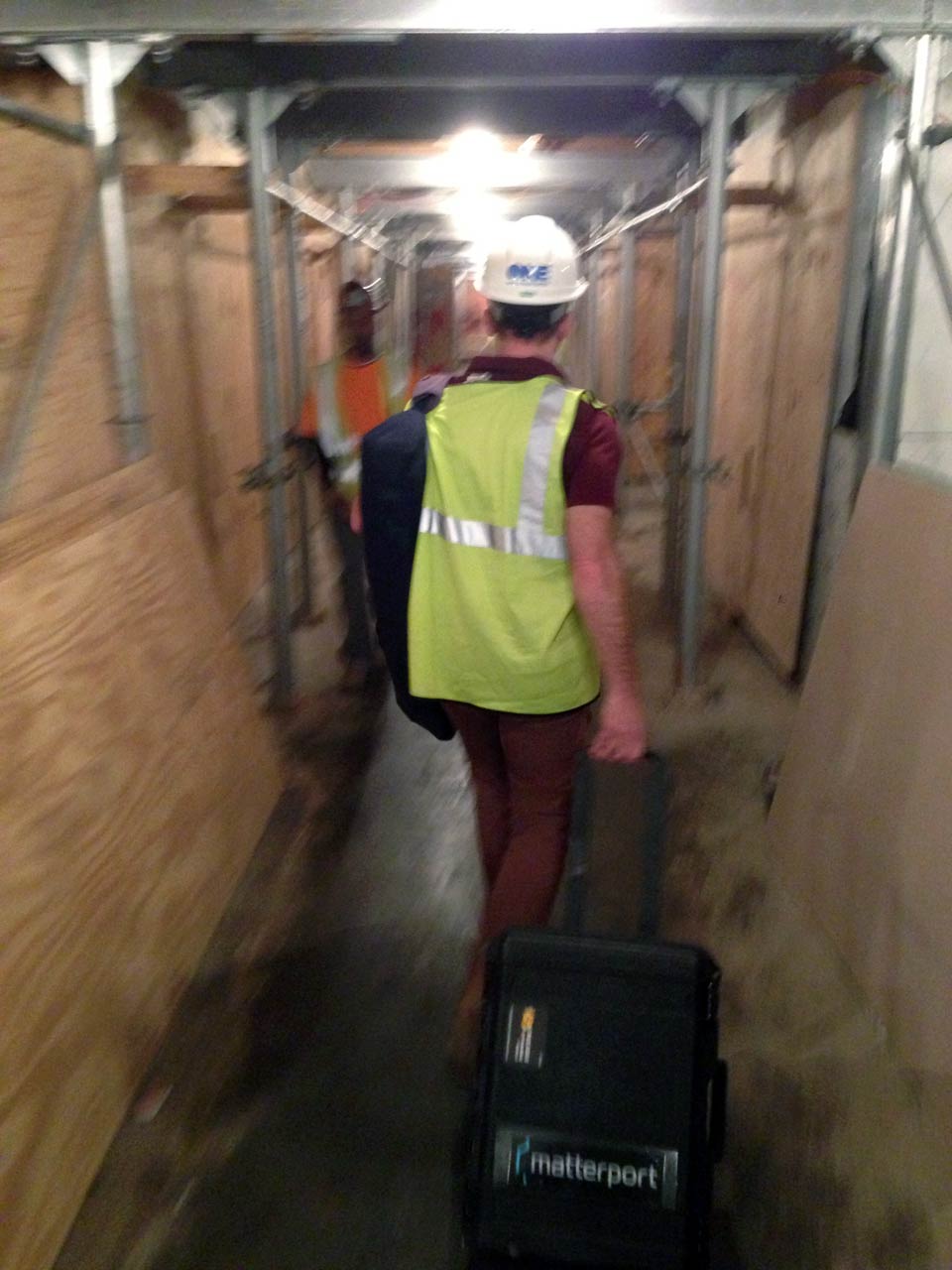
One of the less obvious areas of our software refinement pipeline is the difficult work that goes in to our 360 panoramic views that sit outside of the 3D models that we create. Last Friday when we went to scan to collect the interior data, we also noted that this would be a particularly challenging panorama stitching effort, as we were blessed with highly variable weather conditions. One one side of 1WTC there was beautiful clear skies, on the other end of the building it was raining pretty hard. As a result, we were lucky to see something that few ever get a chance to see in person: we were standing about 30 stories above an intense rainbow (check out the photos below).
Unfortunately when we put the photos through our pipeline, the rainbow would skew the color balance of the whole panorama, adversely affecting the coloring of the rest of the shot. Another challenge that the scene presented was that we had to take handheld photos, and so had to rely on a single shot to capture the full dynamic range (rather than multiple shot HDR, which requires a tripod).
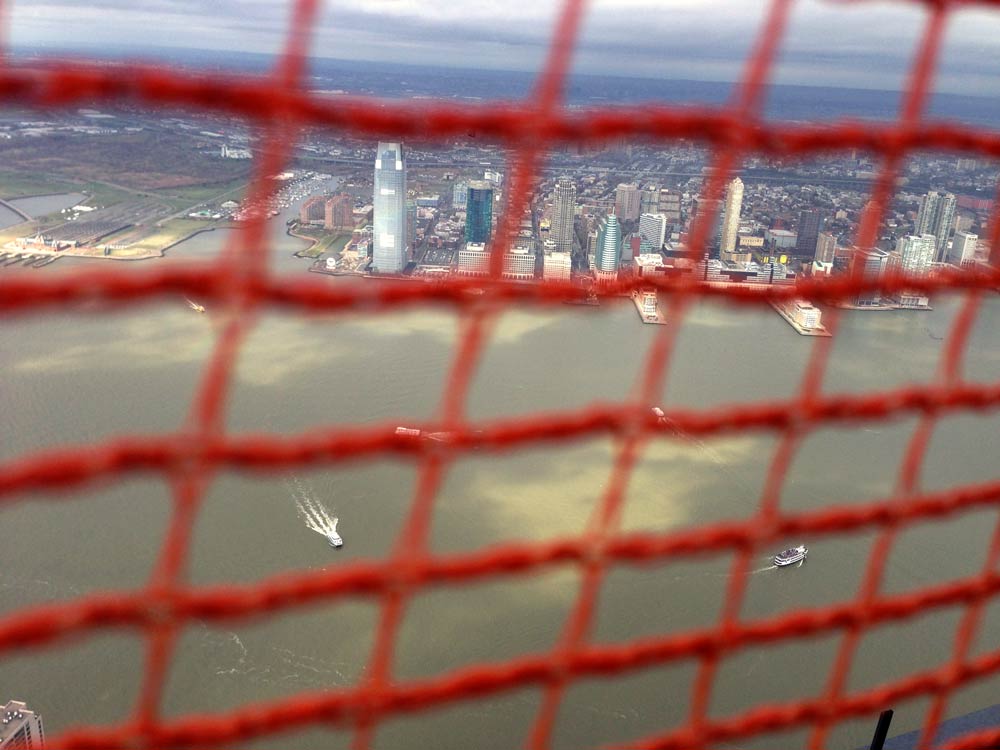
Marco, one of our senior software engineers, stuck a hand with the DSLR through the mesh netting that keeps small objects from falling hundreds of stories onto the street below. The dynamic range of recent DSLR cameras far surpasses the range of computer screens, so with some tone mapping (which sensibly compresses the raw sensor’s high dynamic range to the low dynamic range of the a computer screen) the resulting panorama turned out alright. Here are some examples of the images before tone mapping and then after tone mapping. The differences are stark.

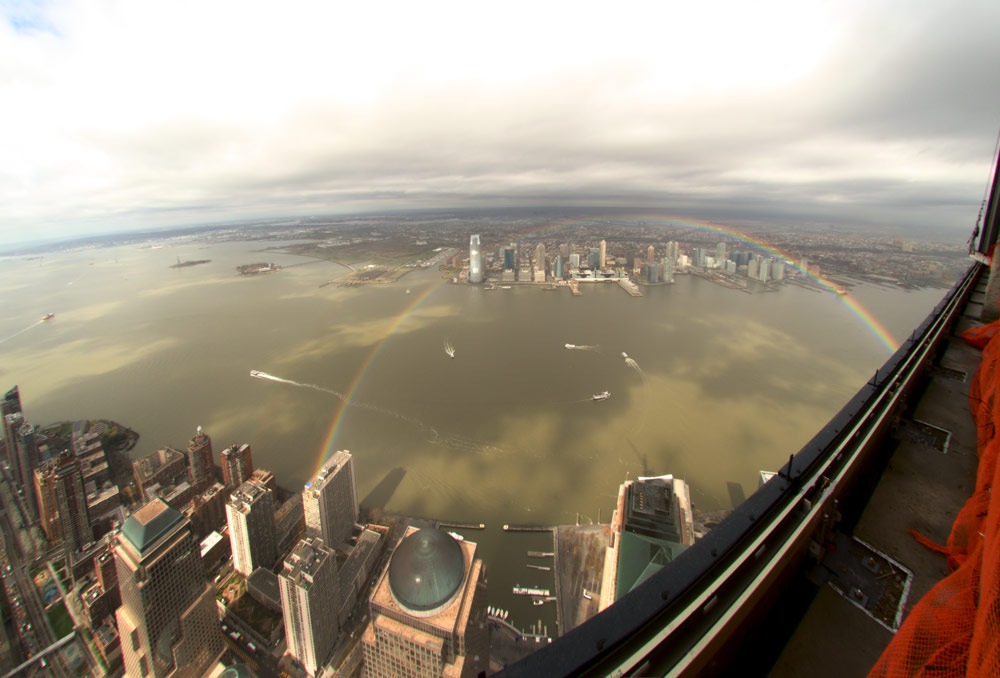
Interior scenes push the extreme of the dynamic range which can be captured in a single photograph. In conventional photography, a photographer will balance the range for a single image by letting less important areas of the image go too light or too dark. One of our scans is essentially a photograph of every part of a space. When the user moves around, all parts of the scene have to be exposed properly, which is why we are working on automatic tone mapping and high dynamic range image capture. These techniques will guarantee that detail is captured in every part of our scans.
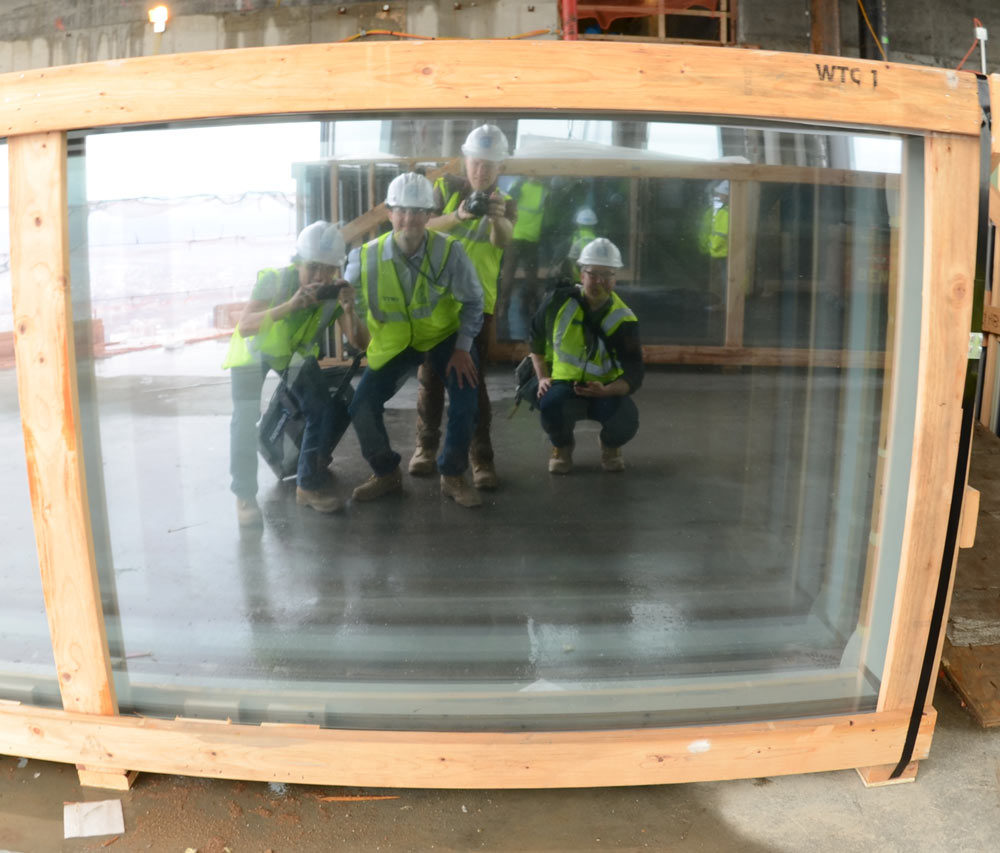
| So without further ado, [take a look](http://depot.floored.com/scans/ebony-tomato-4145/a/12 “Floored | One World Trade Center”) at what it feels like to walk along the 90th floor of 1WTC. It’s a pretty incredible building and if you’re a company looking to move downtown we’re happy to introduce you to our friends at Cushman Wakefield! |